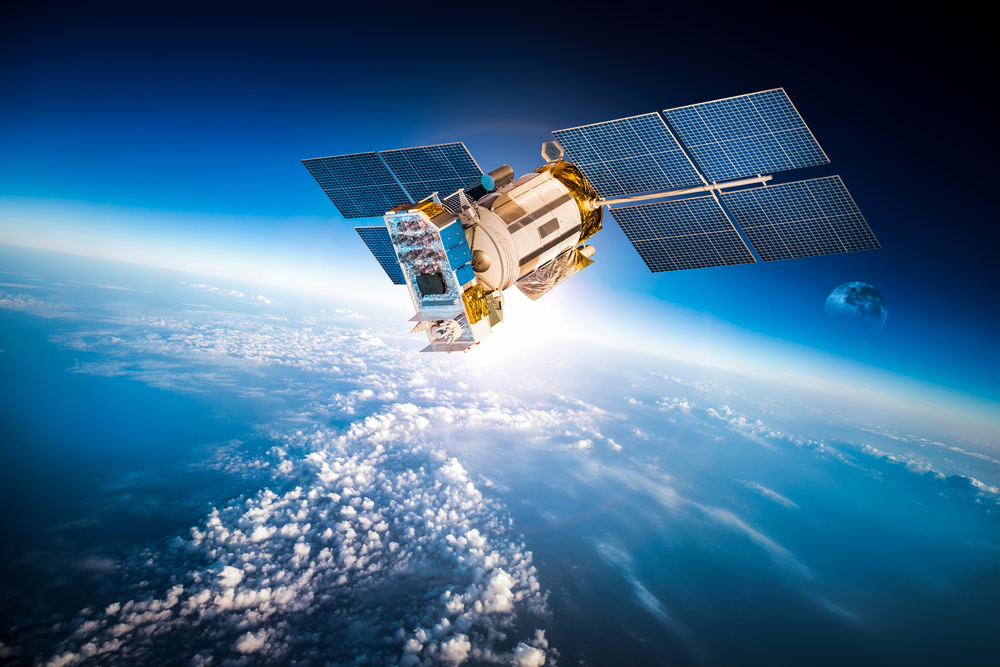
Sandia National Laboratories researchers have embarked upon a seven-year campaign focusing upon developing the science, technology, and architecture to aid autonomous satellite protection initiatives.
STARCS (Science and Technology Advancing Resilience for Contested Space) will fund dozens of Laboratory Directed Research and Development projects targeting three critical areas: threat-defended hardware, cognitive analytics, and sensor protection that shields sensors from harm.
“Sandia has a long and successful history in space systems engineering,” Jeff Mercier, one of the campaign’s senior managers, said. “We helped develop Vela in the 1960s and have continued to regularly deliver satellite payloads since then. We need to ensure our payloads survive against emerging threats in space,” he said.
Sandia officials said researchers are seeking to partner with research-based universities involved in threat-defended hardware, cognitive analytics and /or sensor protection.
“Space is important to our everyday lives, and space is important to our national security,” Drew Woodbury, the manager for STARCS, said. “Historically, space has been benign, but now four-star generals expect a space war within my lifetime. When I say space war, I mean satellites attacking satellites.”
Satellite threats include directed or kinetic energy, electronic warfare, robotic mechanisms, chemical sprayers, high-powered microwaves, and radiofrequency jammers.




